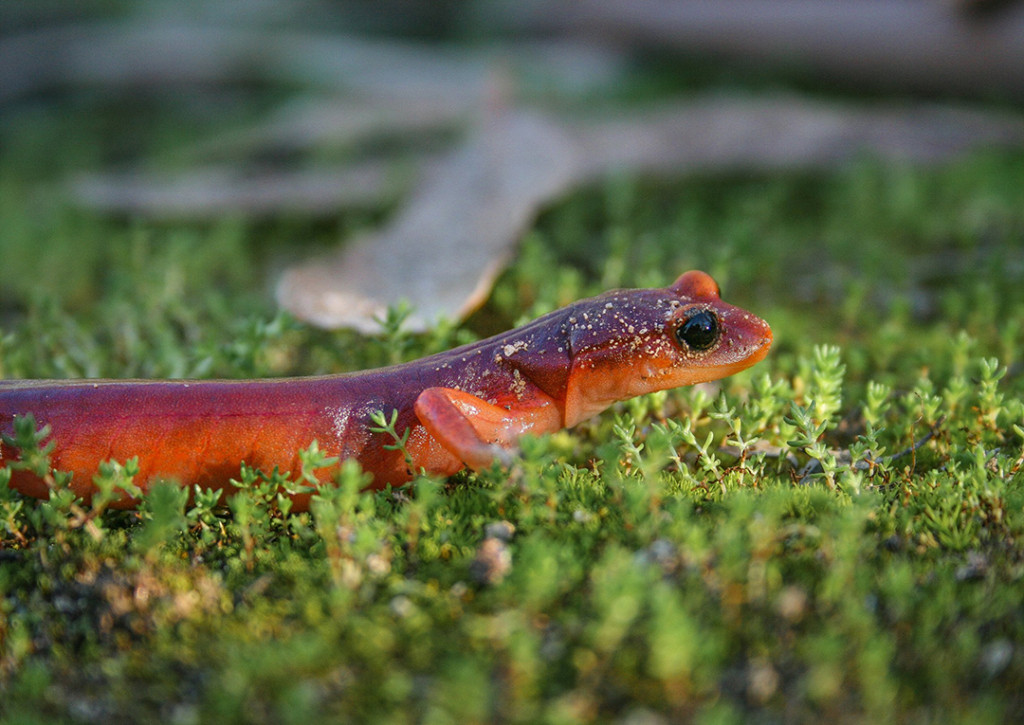As a child I was enthralled with reptiles, mesmerized by the unending stare of a snake and the myriad geometric patterns and colors of turtle and lizard scales. I would spend hours trekking through nearby fields and streams in search of all things slimy and scaly- a habit I never grew out of. Growing up in the Midwest, species of the western US up until now were encountered only as pictures in books and childhood daydreams. After relocating to the west coast, much of my free-time is spent in the field attempting to catch a glimpse of the native reptile and amphibian species of central California. More recently, I have become interested in identifying and untangling the seemingly unfathomable number of bird species found here on the Central Coast. As I encounter local species of reptiles, amphibians and birds I will be posting pictures of these animal encounters along with interesting natural history facts about each specimen. There is so much beauty within the world to be discovered and appreciated; why not start in one’s own backyard.
Well, well, look who’s back with some herpin’ action! Today we will take a look at our first amphibian species which, based on how dry things have been around here as of late, have been very few and far between. This beautiful guy here is a somewhat commonly-encountered salamander of the Central Coast, Ensatina eschscholtzii escholtzii, the Monterey Ensatina. There are a few subspecies of Ensatina that range throughout western California; all are neat-looking little creatures! Like many of California’s salamander species, the Ensatina belongs to the family Plethodontidae, the Lungless Salamanders. Plethodontid salamanders do not breathe through lungs. Instead, the tissue of the dermis (skin) and mucus membranes is involved in oxygenation of the blood. Such a form of respiration requires them to live in damp environments; therefore, Ensatina live in relatively cool moist places on land becoming most active on rainy or wet nights when temperatures are moderate. They stay underground during hot and dry periods where they are able to tolerate considerable dehydration.
D’aww, just look at that little face! Like many brightly colored organisms in nature, those beautiful colors are intended to convey a message to would-be predators. The tail contains a high density of poison glands that secrete a milky white noxious substance that is incredibly distasteful and sticky. When disturbed, an Ensatina will stand tall in a stiff-legged defensive posture with its back swayed and the tail raised up, swaying the tail from side to side. The objective of such as display is to draw attention to the tail and away from the more vulnerable body.
We’ll be taking a look at another species of lungless salamander soon, keep your eyes peeled!


